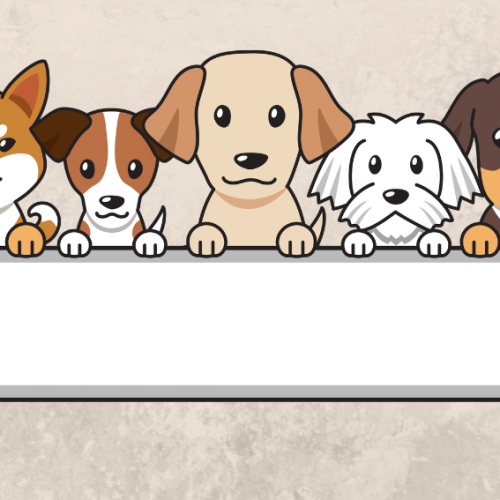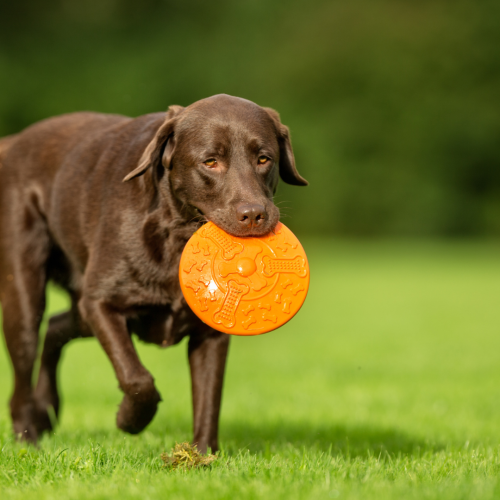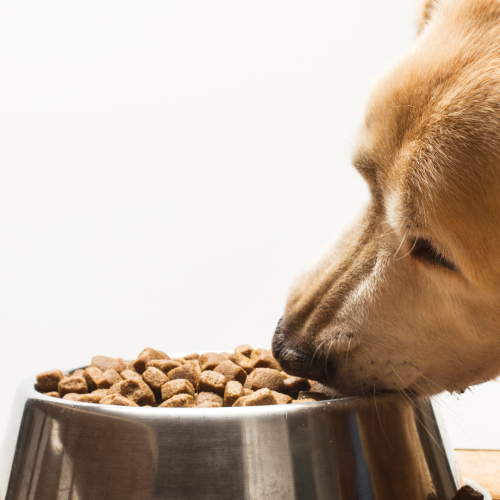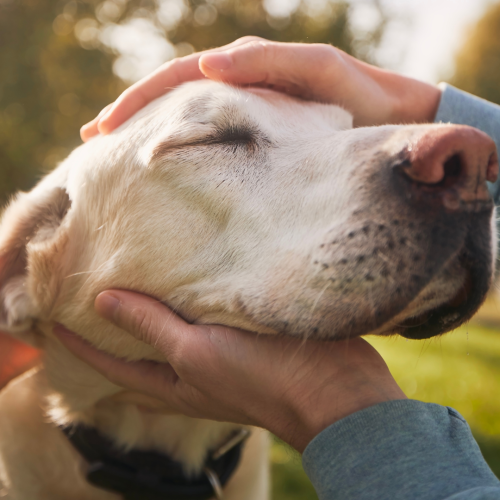With their beautiful silver coats and sweet personalities, Silver Labs have grown in popularity over the past couple decades. But since Silvers are not officially recognized by major kennel clubs, some people wonder – are they just smaller Labs? Or is their size on par with the traditional Black, Yellow, and Chocolate Labradors? Read on to learn more about the stunning Silver Labrador Retriever.
Same Ancestry as Traditional Labs
Silver Labs trace their lineage back to the original Black Labs used by hunters and fishermen in Newfoundland, Canada. It’s thought that the silver coat, which results from a diluted black gene, appeared along the way as a natural genetic variation.
So while not yet acknowledged as an official fourth color by the American Kennel Club (AKC), Silver Labs share the genetic history of the tried-and-true working Labrador Retriever. This means Silver Labs exhibit the same intelligence, trainability, friendliness, and moderate size that has made Labrador Retrievers the most popular dog breed.
American Kennel Club Breed Standards
According to AKC guidelines last updated in 2020, male Labrador Retrievers should stand 22.5 to 24.5 inches tall at the shoulder. Males typically weigh between 65 to 80 pounds in a fit, athletic condition. Females stand at 21.5 to 23.5 inches tall and weigh 55 to 70 pounds when physically fit.
So while individual dogs may fall slightly above or below the height limits, responsible Silver Lab breeders aim to produce animals within the standard Lab size parameters. Since Silver Labradors share the genetic stock of Blacks, Chocolates, and Yellows, their size should align with the breed standard once mature.
Growth Rate and Timing
Lab puppies, no matter their color, grow rapidly during the first six months of life. They will reach about 80 percent of their adult height by nine months old and their full height by 12 to 18 months old.
However, Labradors often keep filling out with muscle and mass until they are 2 to 3 years old. So while Silver Labs stop getting taller at adulthood like any Lab, they may continue gaining body condition for a while longer. Monitor your Lab’s weight as an adult, keeping them lean to avoid joint problems.
Males vs. Females
You’ll notice from the AKC guidelines that there is size overlap between standard male and female Labs. Many females reach 22 to 23 inches, which falls within standard height for males. So gender is no guarantee of size.
However, female Labs do average at the shorter, lighter end of the spectrum compared to males. When estimating the size of your Silver Lab, expect males to ultimately be taller and heavier than females in general. But remember, exact height and weight will vary from dog to dog.
The Parents’ Size Matters Most
While breed standards give us general size parameters, the most accurate way to predict the size of a Silver Lab puppy is to look at the parents. The offspring of two smaller Labs will likely be smaller, while two bigger Labs will probably produce larger puppies.
If purchasing a Silver Lab pup, ask to see pictures of both parents for comparison. Reputable breeders should have no problem providing images along with height and weight data for their breeding dogs. This info is invaluable for estimating the eventual proportions of any Labs produced.
Other Factors Affecting Size
In addition to gender and parents’ size, other things can affect the height and weight a Silver Lab reaches. These include health status, nutrition, exercise/activity levels, and spay/neuter status. Maintaining optimal health and fitness can allow a Silver Lab to reach their maximum genetic size potential.
Silver Lab Care for Proper Growth
While their beautiful silver coats may mesmerize admirers, Silver Labradors have the same basic care needs as any Lab. Follow these tips for raising a healthy, happy Silver Lab:
• Nutrition – Feed a complete, nutrient-rich puppy formula until at least 12 months old to support development. Then transition to a healthy maintenance adult food. Avoid over or underfeeding.
• Exercise – Silver Lab puppies need plenty of playtime and short walks to develop muscle strength and coordination. Increase durations gradually as they mature. Adults thrive on 30+ minutes of brisk daily exercise plus play sessions.
• Training – Use positive reinforcement techniques when training silver Lab puppies, setting gentle boundaries and rewarding good behaviors. Keep training sessions short but frequent. Adult silver Labs benefit from continued obedience practice plus brain games and jobs to do.
• Veterinary care – Stick to a puppy shot and deworming schedule. Spay/neuter Silver Labs around 6 months to prevent some health issues. Also provide preventatives like flea and tick control year-round. Get prompt care for any injuries or illness.
Follow these guidelines, and your beloved Silver Lab should have every opportunity to achieve their ideal adult stature and live a healthy, active life for years to come.









